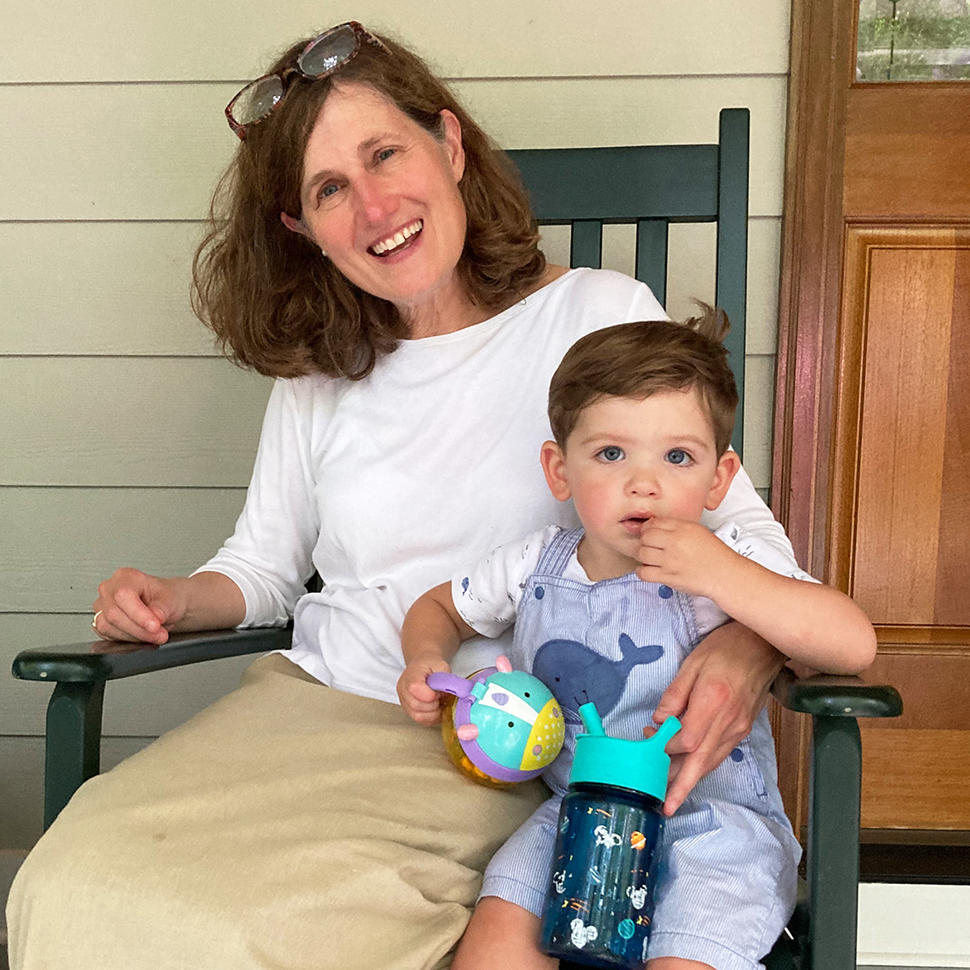- Associate Professor of Pediatrics, Pharmacology and Cancer Biology, and Cell Biology, Duke University
- Member, Duke Cancer Institute
After a childhood peer endured a leg amputation because of a sarcoma, Dr. Corinne Linardic recalled seeing the young girl at the neighborhood pool, swimming and having fun despite her ordeal. Corinne was amazed by her strength but angry that any child should have to face such hardship. “That was a defining moment for my future career,” she said.
A physician–scientist at Duke University, Corinne now studies the genes that drive rhabdomyosarcoma. Data from programs like the CCDI Molecular Characterization Initiative can help her team identify “genetic hiccups” in rhabdomyosarcoma tumors. Understanding those hiccups enables them to find new molecules to target for treatment.
But for Corinne, data sharing also empowers her to join forces and skills with families, doctors, and diverse groups of scientists. “Decades ago, we were all so separate,” she said. “Now I can do team science with others tackling rhabdomyosarcoma instead of being in a silo.”
